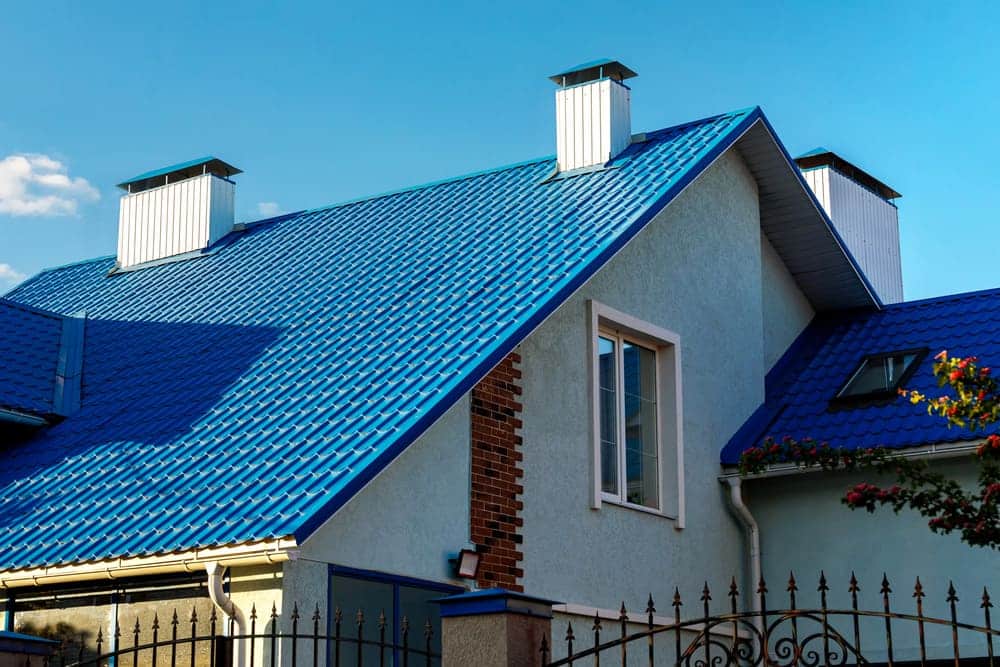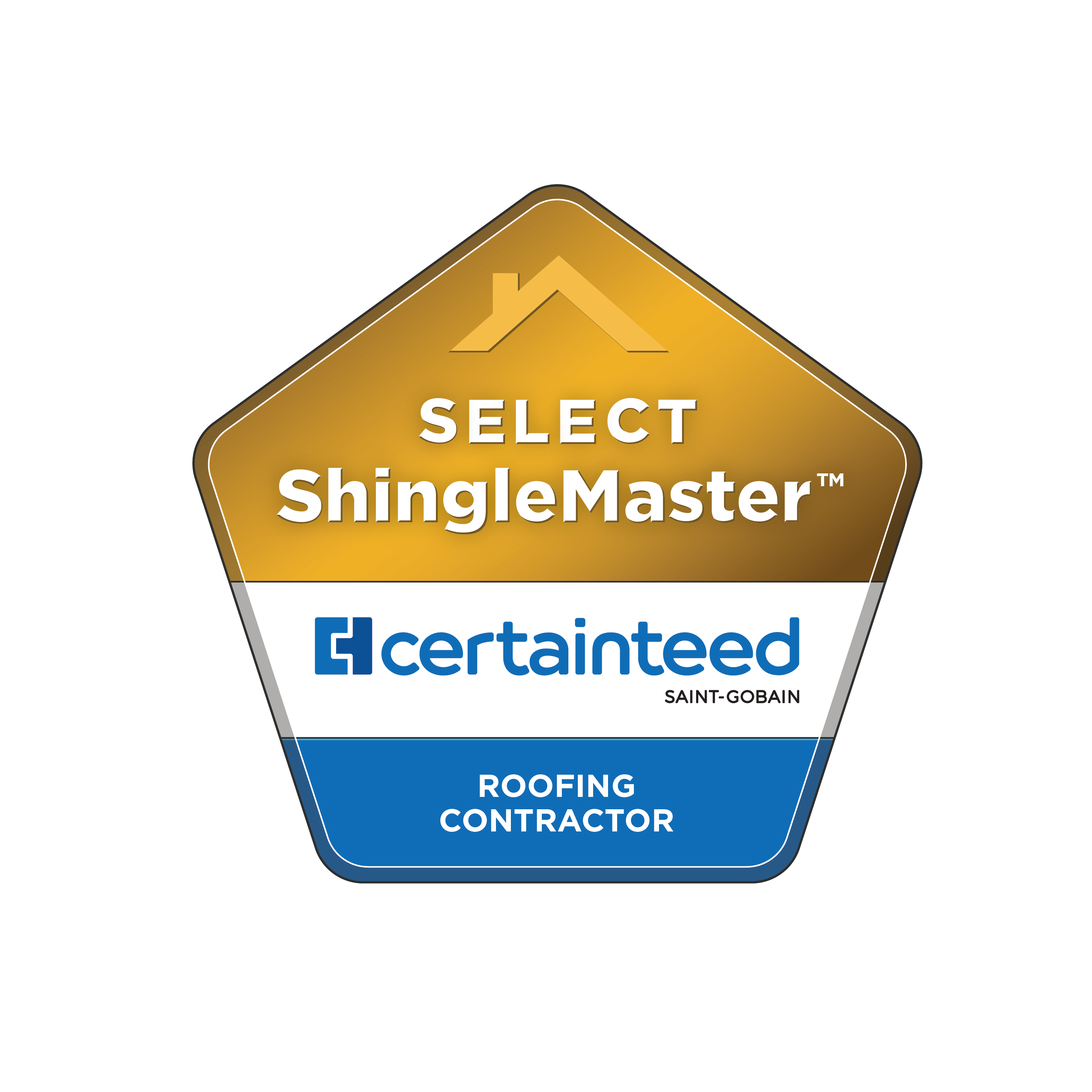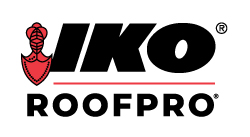
Metal roofs have risen in popularity over the years, both for their durability and their modern aesthetic appeal. While this material can be a stunning addition to the exterior of your home, there are also some aspects to consider beyond visual allure. One of those aspects is ventilation, which is crucial for proper airflow functionality. Let’s look at the importance and variance of metal roof ventilation in more detail:
Contents
How Does Metal Roof Ventilation Work?
Metal roof ventilation creates a continuous airflow within the space between the metal roof and your home’s interior. This involves intake vents, which allow outdoor air to enter, and exhaust vents, which permit hot or moist air to escape. These vents are designed to manage and regulate temperature, control moisture levels, and maintain proper drafting under the roof.
Options for Metal Roof Ventilation
There are four main options to consider for your exhaust and intake vents, each with its own nuanced distinctions.
- Ridge Vents: Installed along the peak or ridge of the roof, ridge vents allow hot air to clear out from your attic or roof space. Ridge vents are traditionally covered by a protective cap, preventing debris from entering while ensuring proper airflow.
- Gable Vents: Gable vents are positioned on the gable ends of the roof in the vertical wall. They allow air to enter through one gable and exit through the other, promoting cross-ventilation and continuously flowing the air across the attic or roof space.
- Static Vents: These vents allow a natural flow of air without using mechanical components. They come in a myriad of designs and are strategically placed on the roof to create openings through which the air can enter and exit the roof space or attic.
- Soffit Vents: Installed on the underside of the roof’s eaves or overhang, soffit vents allow a flow of air through the attic or roof space from the bottom of the structure. Warmer air is then pushed out through higher exhaust vents.
Benefits of Metal Roof Ventilation
Metal roof ventilation plays a crucial role in maintaining the longevity and functionality of your home’s roof and structure as a whole. Here are some of the major benefits of these ventilation products:
Heat Regulation
Metal roofs absorb, maintain, and radiate heat, which can cause building temperatures to rise to very high levels. Proper ventilation ensures that excess heat can escape and the structure can maintain a cool interior.
Moisture Control
One of the major drawbacks to metal roofing is that they are prone to condensation. This can create problems concerning the moisture levels in your home, leading to mould and rusting. However, thanks to proper ventilation, condensation does not accumulate, causing humidity to dissipate easily.
Structural Integrity
Your roof is constantly exposed to harsh weather. As a result, it plays a major role in protecting your home from unnecessary damage. But without proper metal roof ventilation, your roof could become damaged due to high heat and humidity levels. By properly ventilating your roof, you protect its structural integrity and your home.
We’re Experts in Metal Roofing
Metal roof ventilation is an essential component in any metal roofing project. These products facilitate proper airflow and thus keep your roof functioning optimally as an important part of your home’s structure. If you’re considering updating your roof to a metal one, Roofmaster is here to help. We’ve worked with numerous clients over the years and have the expertise and knowledge of metal roofs to select the correct ventilation and provide you with helpful advice when choosing this material. Contact us today to learn more.










